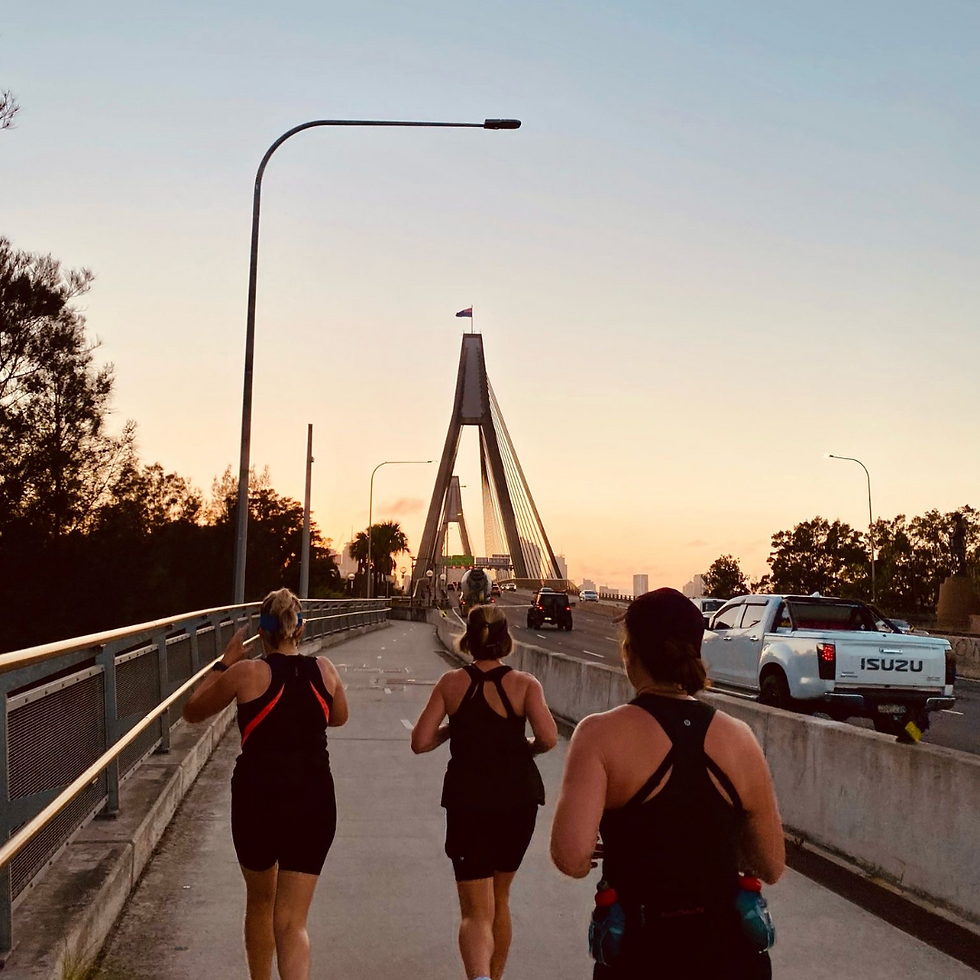Thomas Holt and The Warren
- neighbourhoodmedia

- Apr 22, 2024
- 3 min read
Updated: Jun 22, 2024
By Matt Murphy
Thomas Holt was born in England in 1811 and entered his family’s wool merchant business upon leaving school.
Knowing that the wool industry was booming in New South Wales, in 1842 Thomas Holt migrated with his wife and young family to Sydney and soon became a wealthy businessman investing in this prosperous trade.
Apart from wool, he invested in gold mines, insurance, railways and trams. He was made a magistrate and also a director of a bank. He also became a politician and in 1856, when New South Wales formed its first government, he became the colony’s first treasurer.
By 1880, he owned over 1.2 million acres of farmland - an area the size of greater Sydney. Much of this was in northern New South Wales and Queensland. He also owned a property that he called ‘Sylvania’ - the land on the southern side of Botany Bay where Captain Cook first set foot on the continent.

An obelisk Holt erected on the shore at Kurnell to commemorate this event is still in place. Here he started an oyster farm, although it proved unsuccessful. Due to his business interests elsewhere, he seldom saw these expansive properties. The property he lived in was in south Newtown, known as Camdenvilla, and his ‘pleasure estate’, Another, The Warren, was in present day south Marrickville.
The Warren was a castellated gothic mansion designed by architect George Mansfield and built in 1857. Holt named it owing to the amounts of rabbits he imported to roam the area for hunting. Although he wasn’t the first to introduce rabbits to Australia (that was in Victoria in 1859), he was the first in New South Wales, doing so a year later.
He also imported alpacas and peacocks to roam his property and had large aviaries of parrots and other exotic birds. The property also boasted stables made of stone, impressive, landscaped garden of sculptures, topiary and watercourses, all overlooking the Cooks River. The inside of the building was similarly adorned with statues, murals and paintings. The property also boasted a Turkish bath house.
The Warren was certainly a landmark building. The Warren View Hotel in Enmore was named due to the impressive view it had.
Thomas Holt returned to England in 1881 and dedicated the rest of his life to helping London’s poor and working for the Salvation Army. He died in 1888.
The Warren estate was then subdivided and the Carmelite nuns used the main building as a convent until they were evicted for outstanding debts in 1903. The empty building then fell into disrepair and was fenced off for many years. At the start of World War 1, although the building itself was condemned, the grounds were used as an artillery training range.
In 1919, at the end of the war, the building was condemned by the government and in 1922 the once-grand building was demolished. The land was then used to build a housing estate for returned soldiers.
The location of the building at the centre of the estate was on the aptly named Mansion Street, opposite the corner of Day Street. The only part of the estate that remains are the magnificent gate posts that sat each side of the imposing entrance. They were relocated in 1968 to Peace Park, a few hundred metres from where they first stood.






Comments